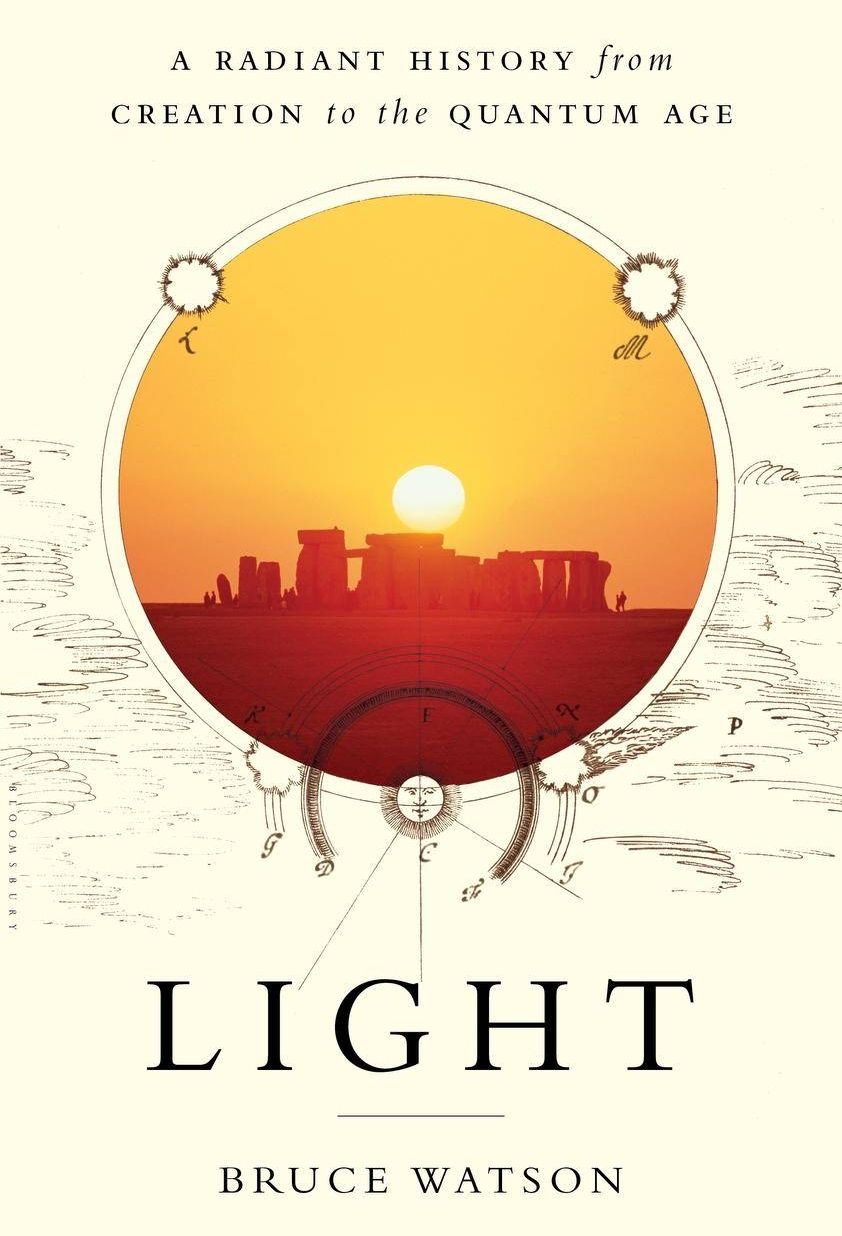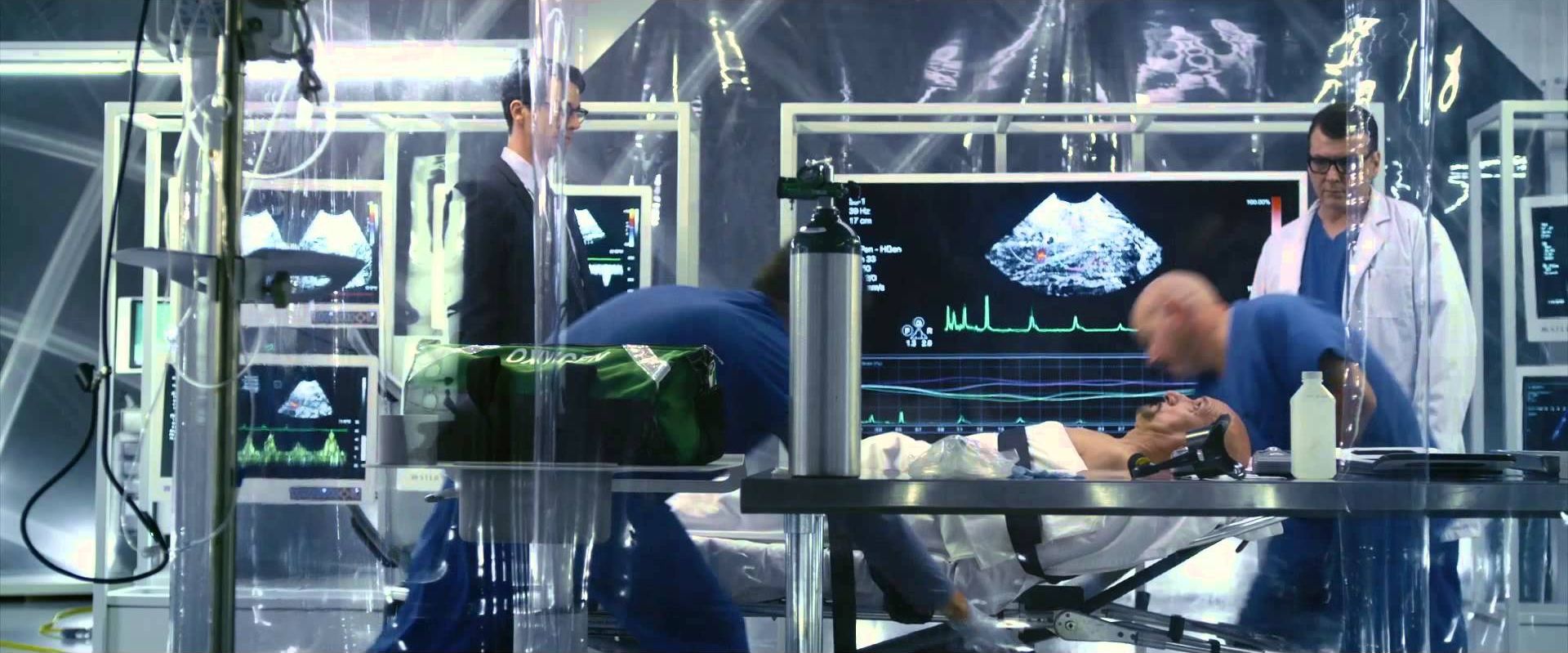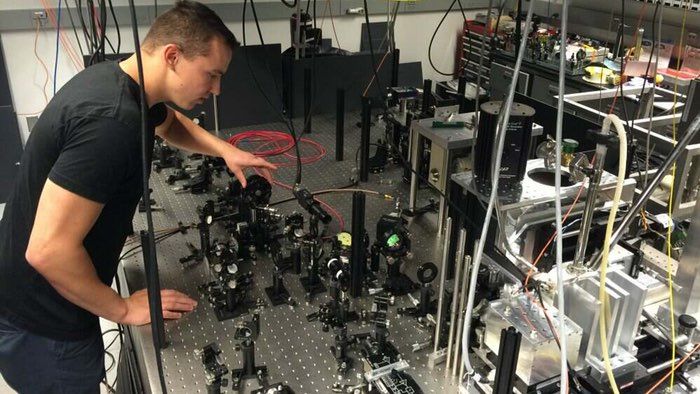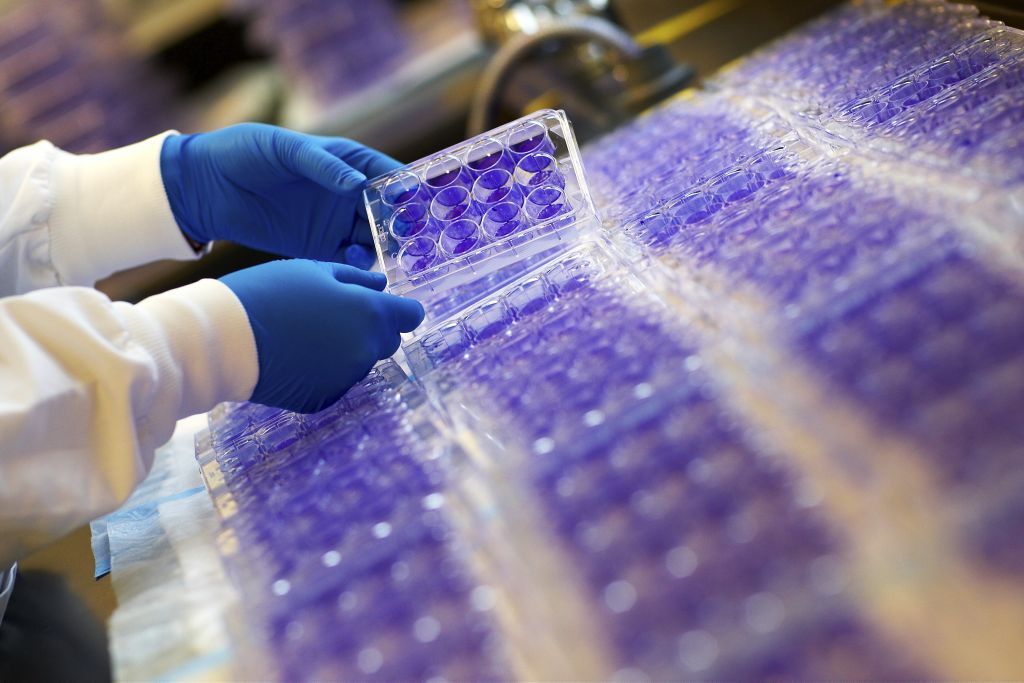Feb 7, 2016
“Quantum Hell” –The Universe Before the Big Bang (Week’s Most Popular)
Posted by Karen Hurst in categories: cosmology, quantum physics
Welcome to Quantum Hell.
Martin Bojowald, a professor of phycics at Penn State University, presents his fascinating ideas about “Loop Quantum Cosmology” in Once Before Time: A Whole Story of the Universe. “Will we ever,” Bojowald asks, “with a precision that meets scientific standards, see the shape of the universe before the big bang? The answer to such questions remains open. We have a multitude of indications and mathematical models for what might have happened. A diverse set of results within quantum gravity has revealed different phenomena important for revealing what happened at the big bang. But for a reliable extrapolation, parameters would be required with a precision far out of reach of current measurement accuracy.














